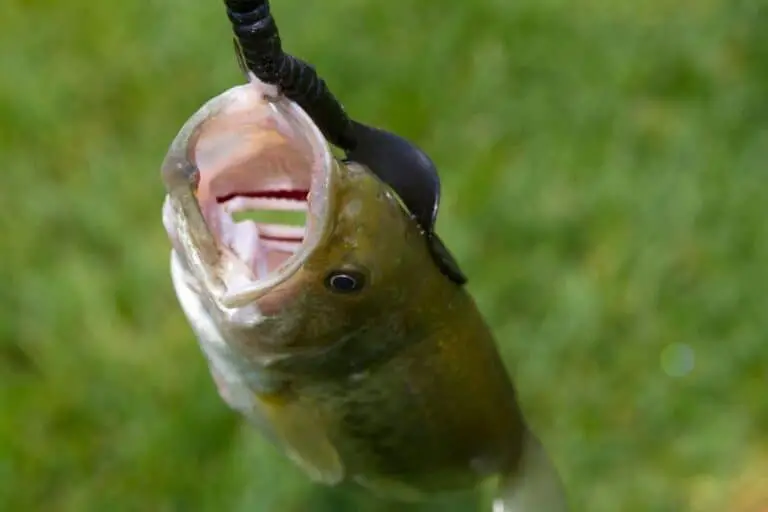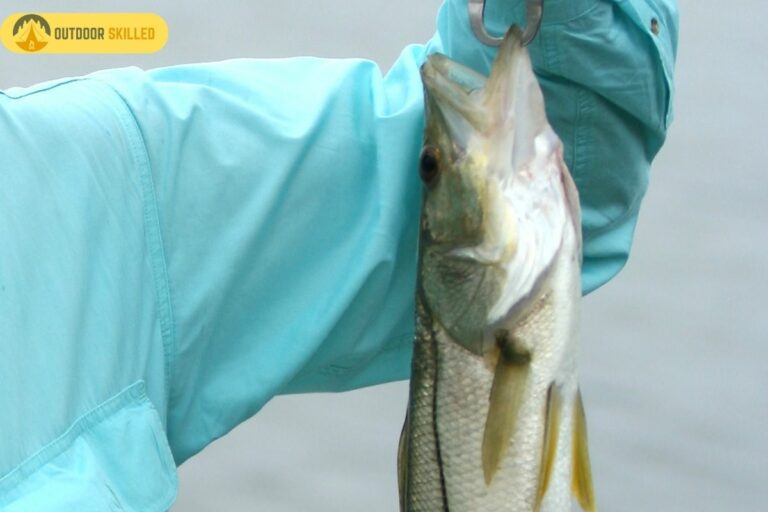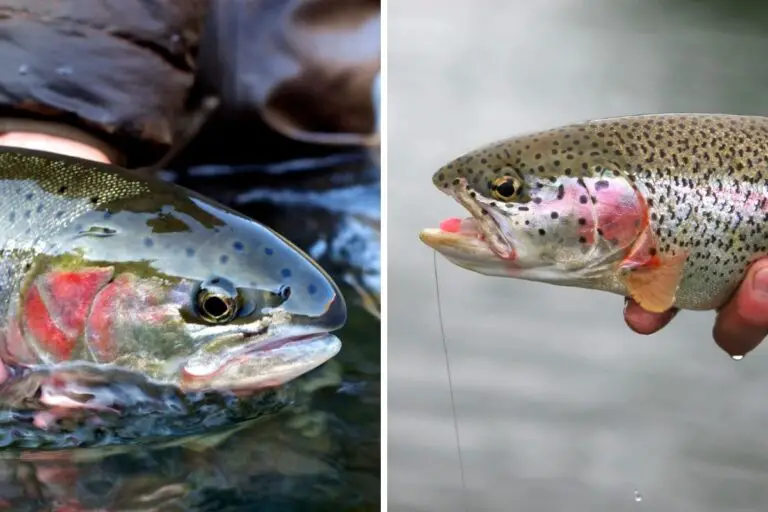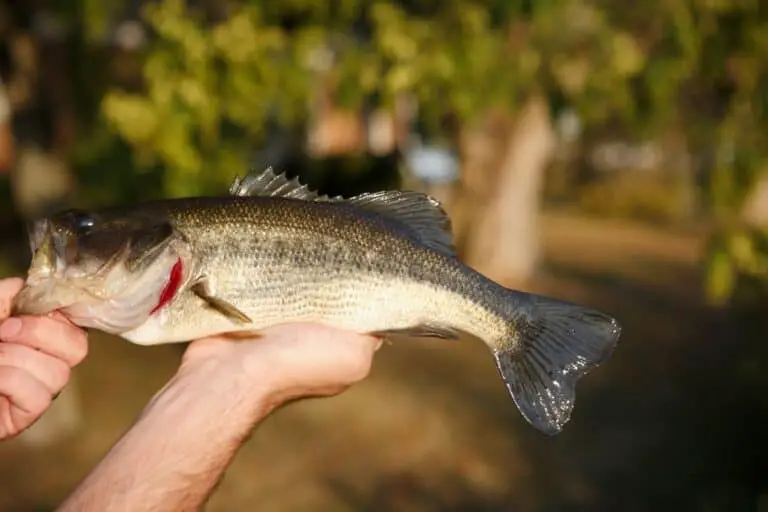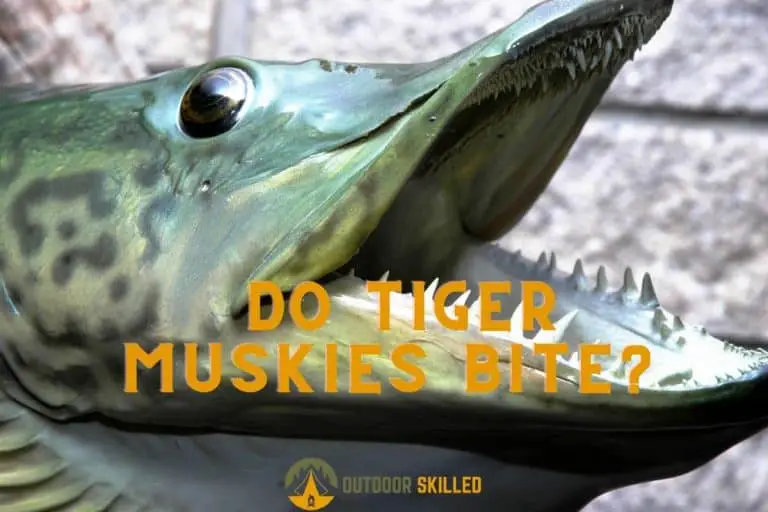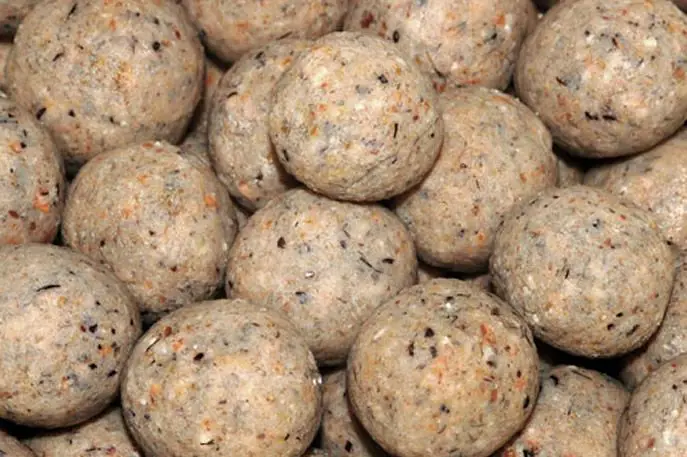Will a Walleye Bite You? Walleye (Real) Risks
Chasing game fish like walleye is a must-have experience for people who enjoy the adrenaline rush. However, this exciting adventure can be clouded by concerns about getting bitten by one and whether it can turn into something serious. I have all the answers for you to ensure that your next fishing trip is exciting as well as safe.
Will a walleye bite you? A walleye will bite you only if you put your hands in its mouth. They don’t attack humans intentionally to bite them or feed on their flesh, but if you get your fingers near their sharp set of teeth, you may get bitten.
This article discloses facts and myths about walleye and whether it poses any threat to humans. Keep reading to know more!
Table of Contents
Will a Walleye Bite You? Truth or Myth?

There are lots of concerns about whether walleye impose threats on humans, whether they’re swimming in lakes that have a walleye population or anglers who go after them in their fishing season. The truth is they propose a minimum level of threat to humans that can be contained with simple precautions.
Walleye’s sharp teeth make some people nervous. They attribute them to pike and muskie, which are known to have sharp teeth as well, and they use them to attack humans, causing skin cuts and scrapes. But it’s important to note that walleye teeth are not as sharp as other predatory fish that are reported to attack humans.
There is no report of walleye attacking a swimmer or an angler. However, you should note that if you get your hands inside their mouth, they may bite you. The severity of the bite will not exceed some superficial wounds and scrapes that can be easily treated.
Use release tools like long-nosed pliers to help to remove the hook safely without exposing your fingers to their teeth, and be ready with rubber gloves to hold the walleye after you catch it. It protects your hand from its sharp teeth.
Do Walleye Have Sharp Teeth?
Walleye have rows of long canine teeth in both the upper and lower jaw. However, they’re more rounded at the top and not razor sharp like other predator fish such as pike and muskie. Walleye use their teeth mainly to prevent their prey from escaping.
Like most predatory fish that feed on other fish, walleye have a set of sharp teeth in both jaws. Their feeding habits include swallowing prey head first.
So their pointed teeth right at the front end of the mouth are positioned to hold small prey fish and prevent it from escaping, especially slimy fish and tiny ones that can get away.
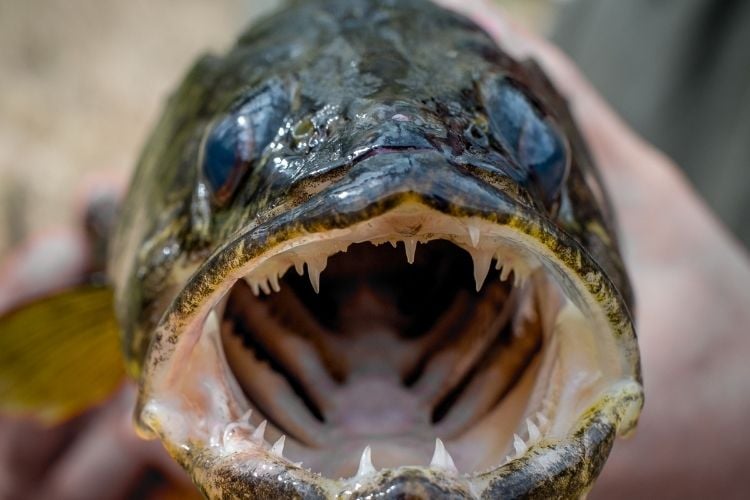
Smaller walleye teeth are more likely to be sharper than bigger ones, so don’t underestimate them. The reason is those small walleye teeth are more narrow, and therefore have sharper tips that get more rounded with age.
Do Walleye Bite at night?
I know that you can still be skeptical about this whole walleye-biting thing, especially after you come across a picture of them. It’s true that some fish that won’t bite you in daylight might still bite you when it gets dark and their vision isn’t as strong. Is walleye one of these fish?
Do walleye bite at night? No, walleye don’t bite at night. There was no report of walleye biting humans in any part of the day, let alone at night. You’ll only get a bite from a walleye if you have your fingers inside its mouth when you’re unhooking them.
But you know what fish does do that? Muskies. You can learn everything about why muskies bite at night here.
Are Walleyes Dangerous to Humans?
To conclude everything in a single question with one reassuring answer, are walleyes dangerous to humans in any possible way? The short answer is no, they are not, and here’s why:
They don’t attack humans
Walleye won’t intentionally attack you whether you’re swimming in a lake that has walleye populations or just dangling your hand from the fishing boat into the water. They’re indeed predatory, opportunistic fish that like to feed whenever there’s an easy meal around, but they won’t attack humans to feed on their flesh.
As a matter of fact, most predatory fish won’t attack any object that is larger than ⅓ of their body length, so you’re in the safe zone. Walleyes don’t even happen to attack hands and fingers in the water, mistaking it for lures like pike and muskie; the only case they’ll dig their teeth in your hand is when it’s already in their mouths.
Their teeth are not razor-sharp.
Despite having a set of teeth in both of their jaws, walleye teeth are not razor-sharp. Altogether, walleye can have from 30 to 40 canine teeth. The largest ones can be up to ½ inch (about 1.3 cm) long. Large ones are located far apart, smaller ones come in between them.
They are blunt teeth that walleye use to prevent prey from escaping, especially smaller ones. So even if they manage to leave a cut on your finger, it won’t be a deep cut and can be easily treated.
Their teeth are not venomous.
Walleye teeth don’t produce any venom that can transfer to your body or cause any serious skin harm. The only side effect you may get from their bite is some infections caused by bacteria inside the walleye mouth, but they’re controllable, and there’s nothing to worry about.
The bite can be easily treated.
If you got bitten by a walleye, there’s nothing to freak out about, even if you saw blood bleeding from your finger. The bite is often superficial and can be treated with simple ingredients.
Before you let someone near your injury, make sure they wash their hands with soap and water. Don’t touch the wound, and make sure all dressing is sterile, then follow this simple guide:
- Spray the bitten area with clean water.
- Add one-quarter teaspoon of salt to 200 ml (1 cup) of clean water.
- Pour water over the wound to kill any germs.
- Use a clean cloth to apply direct pressure to the wound to stop any bleeding.
Warning: if you possibly observed some teeth stuck in the injury, leave them in place until your healthcare provider can remove them without harming your muscles or tissues.
They are not a bad meal.
When you successfully handle walleye on the boat without any harm and decide to take it for dinner, they still pose no threat to you as a meal. Some fish can be dangerous to eat, but walleye isn’t one of them.
Walleye, in fact, is a very tasty, nutritious meal. It tastes good with a subtle sweet taste with mild fishiness, and it has lots of nutrients such as protein, omega-3 fatty acids, Niacin, vitamin D, Calcium, Iron, Magnesium, Phosphorus, Potassium, Sodium, Zinc, Vitamin C, and Vitamin A that help the body to maintain its healthy condition and cure diseases like anemia, digestive system conditions, and skin conditions.
To help you be more successful in catching walleyes on your next fishing adventure, I’ve made a simple guide with the best braided fishing lines here. These are the ones that have brought in awesome results for me over the years, and I believe they can do the same for you as well.
Related Questions
What are Walleye Attracted to?
Walleye are attracted to fish like minnows, leeches, and nightcrawlers. They seek each one of them at different parts of the year. Walleyes are also attracted to lures like jigs, spinnerbaits, jerk bait, and swimbaits.
Are Walleye Fun to Catch?
Yes, walleye are fun to catch. They put up a good fight, they cannot be as big as other game fish, but it has their own fun. Anglers also enjoy trying different lures and presentations until one of them clicks with the walleye.
Helpful Resources
Walleye Nutritional Information
Check out the best Fishing reels For The Money
- Find the Best Saltwater Spinning Reels here, the best ultralight spinning reels here, and the best spinning reels under $100 here.
- Find the best Bass Spinning Reels here, and the Trout spinning reels here
- Find the best Ice Fishing Reels here
- Discover the best baitcasting reels here, and the best Spincast reels here.
- Going Salmon Fishing? Check out the best Salmon Fishing Reels.
If you like this article, please share it or pin it, you can find the share buttons below. We will really appreciate it ❤️


